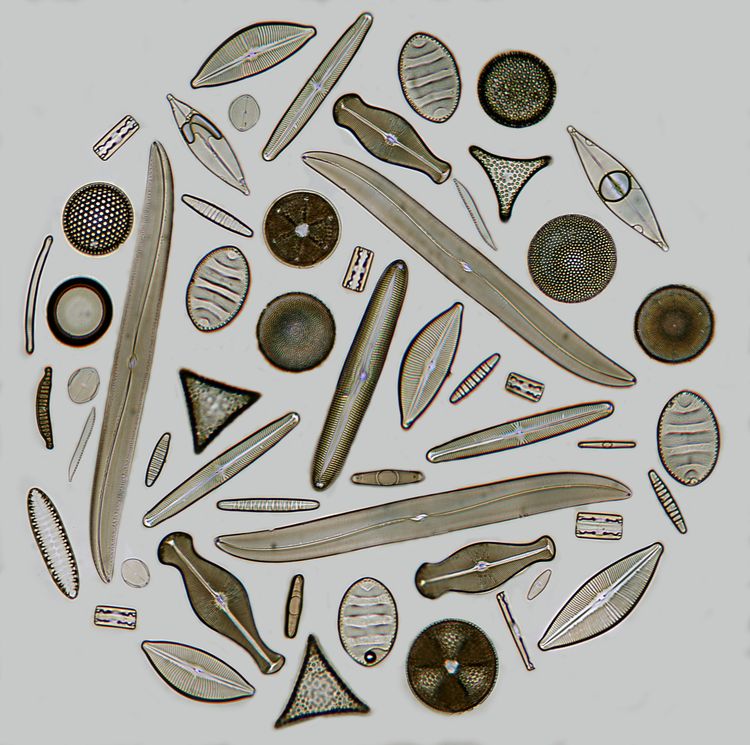Death Valley and its mysterious Sailing Stones (16 pictures)
An unexplainable phenomenon that occurs only in death Valley on our planet. Scientists say it is due to temperature drops and crystals that form underneath the rocks that make them slide when they are melting. Whatever it is, these rocks are huge and some weight as much as a grown human being.






